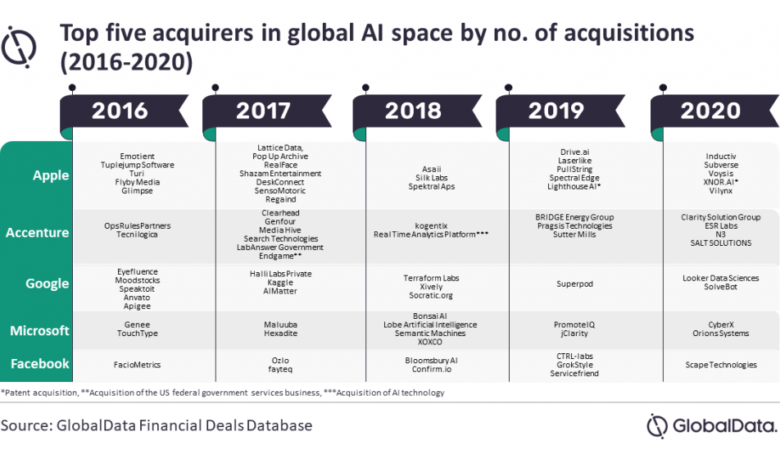Effective geotargeting undoubtedly brings many benefits. Due to the large and still growing popularity of such solutions, geotargeted campaigns are increasingly becoming the victims of ad-frauds. According to research Location Sciences as much as 65% of impressions in geotargeted campaigns are not directed to the right users – both by extortion and low data quality. How can advertisers protect themselves from this?

To start with, geotargeting has many forms and a lot depends on the accuracy of your ad targeting. In the basic variant, we show ads to people who are currently in a specific area. When the mobile application is to display an advertisement to the user, it downloads information from the phone about where the user is currently located, including on this basis, it displays the appropriate ad for the appropriate bid. This is where the 2 biggest threats for advertisers appear:
- A dishonest publisher can easily replace the user’s location, knowing that for other locations the rates are much higher and thus earn more. In this way, a user located in Pcim Dolny in the advertising ecosystem becomes a user from Warsaw. According to Location Sciences, this happens with 29% of views.
- Location inaccuracy is an equally important threat that, unfortunately, is much more difficult to eliminate. The location for the display of advertisements is very often inaccurate (> 500m) and delayed (even 30 minutes before the advertisement was displayed). In addition, the parameters regarding the accuracy of these data are not sent, which prevents quick verification. The quoted report shows that in as many as 36% of cases the given location is too inaccurate to determine whether the user is actually in the designated zone.
For an advertiser who wants to target more than the state or county, this will automatically disqualify geotargeting based on data from the advertising ecosystem (3rd party) *.
Therefore, there are entities on the market which, thanks to the purchase of data obtained directly by trusted applications (e.g. navigation), verify the user’s location sent and allow to fight fraud. However, the low accuracy of 3rd party data is definitely more difficult to overcome, and due to the fact that the verification is based on approximations, at best we will get accuracy up to 300-500 m (which in some cases may be sufficient).
What if you want to target your ads more precisely?
The second option is geobehavioral targeting – we do not display ads to users when they are in a given place, but target users who have visited selected locations in the past. This method will work best if we want to reach people who buy in certain stores, are looking for a new car or regularly pass selected POS. We reject the option to display ads here and now (min. 24h delay), but we gain a new dimension in targeting accuracy.
The key to success is the right source of data – for the reasons mentioned above, 3rd party data from the advertising ecosystem will not work (unless we want to target with accuracy to the district). The best choice will be data obtained directly by applications (1st party), whose suppliers have full control over their accuracy (e.g. in the case of geofencing, you can specify the minimum acceptable location accuracy). Although this is at the expense of reach, on the other hand, we have a greater concentration of data due to the fact that they are obtained in the background, regardless of whether the application is to display an ad.
This type of data allows us not only to precisely target ads to people who have visited specific stores, but also to measure how many people visited our store after contact with the ad . It also opens up new possibilities for combining outdoor campaigns with digital or capturing competitors’ customers. Research on user groups visiting your stores or competitors’ stores will allow you to gain a unique insight into who your customer actually is and how you can reach him. To get this, however, it is necessary to use 1st party data – when buying data from 3rd party providers there is a good chance that more than half of the data will not be covered by reality.
Summary
Does all this mean 3rd party data is useless? Certainly not. In the event that we want to target your ads with accuracy to the province or county, your campaigns are relatively safe. However, when you want greater accuracy (e.g. to the district) and display ads in real time, it is worth using location verification companies (such as Location Sciences or SafeGraph). You just have to keep in mind that this won’t solve the whole problem and 1/3 of your budget could be badly spent anyway.
If targeting ads here and now is not your priority, and precision is definitely more important to you, you should reach for the 1st party data. Always ask vendors how and with what applications they obtain data and how they separate low-quality ones. A company that cares about quality will have no problem with conducting the test with a lower budget or on preferential terms. A guide prepared by Search Engine Land may also be useful .











